Researchers at the Massachusetts Institute of Technology (MIT) have created a solar-powered water purification system for residents of the remote Mexican village of La Mancalona that has cut the price of drinking water from 25 pesos to two.
The system consists of two solar panels that convert sunlight into electricity; these, in turn, power a set of pumps that push water through semiporous membranes in a filtration process called reverse osmosis.
The setup purifies well water and rainwater, and can producing about 1,000 liters of potable water a day for 450 residents.
The system has been in place for two years now, with villagers paying community operators for drinking water at an affordable price.
MIT’s experience in La Mancalona has lead to further distribution of similar solar-powered water purification systems to other communities in need.
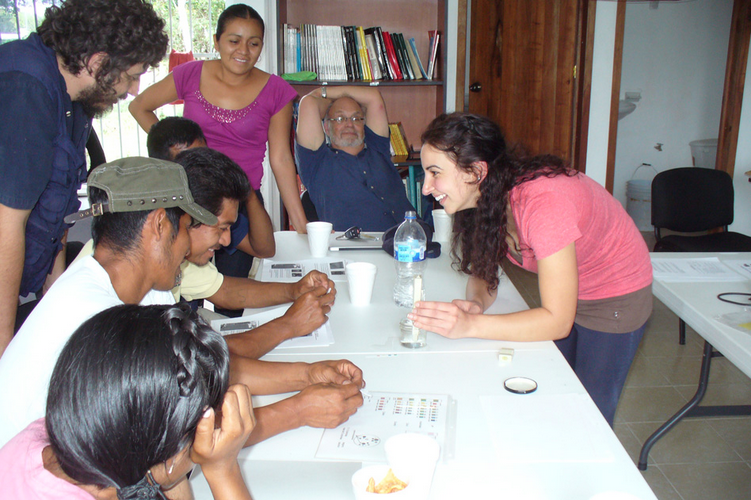
Steven Dubowsky, a professor emeritus of mechanical engineering at MIT, said: "This technology would enable hotels, schools, hospitals and governments to produce water at a greatly reduced price.
"The technology MIT has developed is capable of producing economic value in these countries."
Dubowsky says the system is uniquely designed to adapt to the water quality of any given region, making it flexible and affordable for a range of environments, and can utilise a variety of different water purification processes, not just reverse osmosis.
MIT researcher Huda Elasaad said: "Before, they couldn’t afford clean water, but they could afford soda, which was actually cheaper than bottled water in that village.
"Now we see a shift: These children are drinking more water and becoming more healthy and hydrated."
Images via MIT
Comments
Comments are closed.





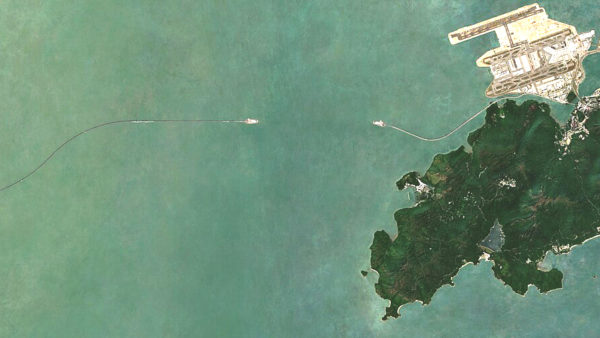
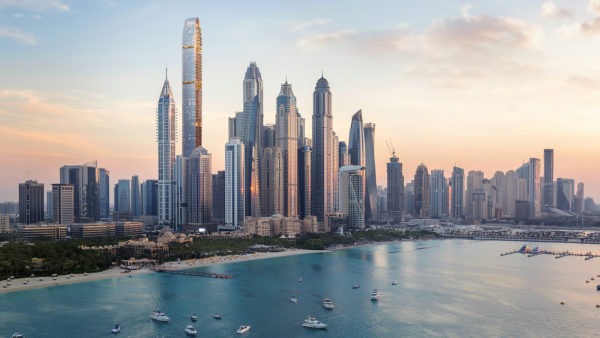

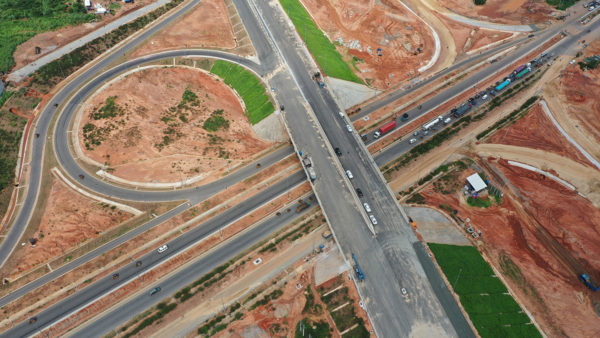
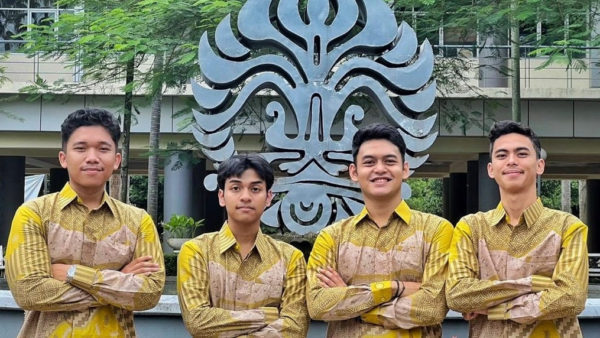
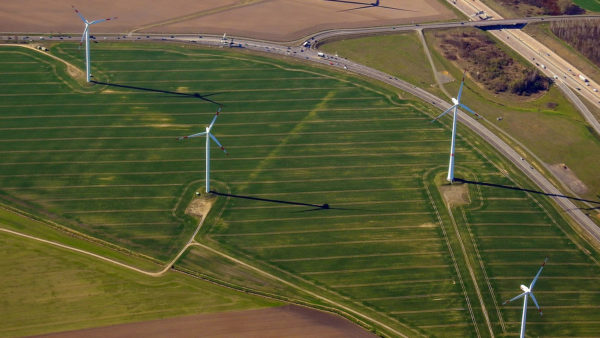
This is such a wonderful story. It’s great to read about people’s lives being so directly improved.